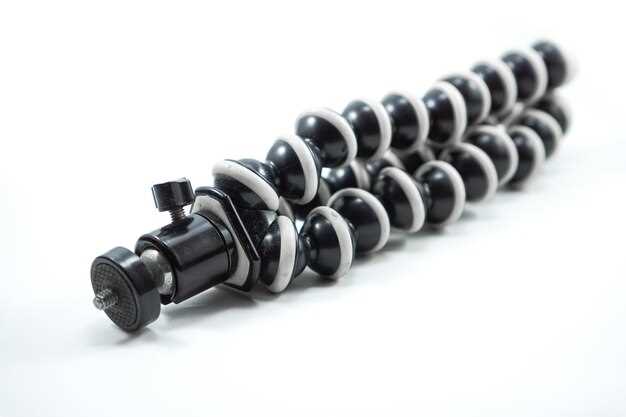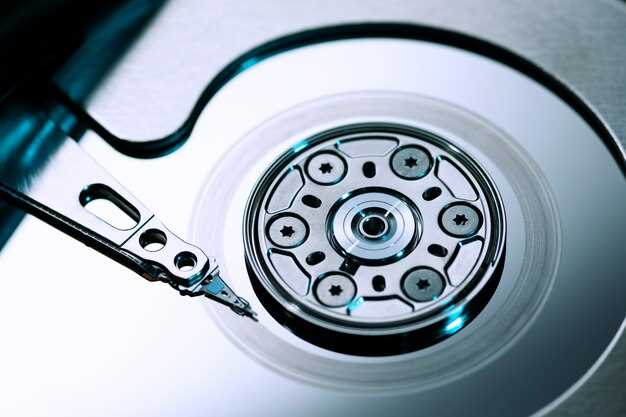
When it comes to enhancing vehicle performance, tuning is a critical aspect that every car enthusiast should consider. Among the many components involved in tuning, the camshaft plays a pivotal role in determining engine performance. A performance camshaft can significantly alter how an engine breathes, affects power delivery, and influences overall vehicle dynamics. Understanding the mechanics behind performance camshafts is essential for anyone looking to maximize the potential of their vehicle.
At its core, a camshaft controls the timing and duration of valve openings and closings within the engine. The design and specifications of a performance camshaft differ from stock versions in various ways, such as lift, duration, and lobe separation angle. These modifications allow the engine to operate more efficiently at higher RPMs, delivering enhanced power and torque. When properly integrated with other performance upgrades, a new camshaft can transform an ordinary engine into a high-performance machine that responds more eagerly and produces a thrilling driving experience.
The benefits of upgrading to a performance camshaft go beyond just raw power. Improved throttle response, increased engine efficiency, and better overall responsiveness are just a few of the gains that can be achieved. Additionally, different camshaft profiles can be tailored to specific driving preferences, whether that means optimizing for low-end torque for daily driving or maximizing high-end horsepower for track use. This tunable aspect makes performance camshafts a versatile choice for those looking to enhance their automotive experience.
Understanding Camshaft Design and Function in Tuning

Camshaft design plays a crucial role in the tuning process of an engine. The camshaft controls the timing and duration of valve openings and closings, which directly impacts engine performance. By modifying the camshaft specifications, tuners can influence aspects such as horsepower, torque, and overall engine responsiveness.
Key parameters of camshaft design include lift, duration, and overlap. Lift refers to the distance that the valve is opened; greater lift can improve airflow into the combustion chamber, enhancing power output. Duration indicates how long the valve remains open during each cycle, where longer durations can facilitate better performance at higher RPMs. Overlap, the period when both the intake and exhaust valves are open, is critical for ensuring efficient scavenging of exhaust gases, contributing to improved engine efficiency.
Tuning involves selecting a camshaft that aligns with the desired characteristics of the vehicle. For instance, a camshaft optimized for low-end torque may feature shorter duration and lower lift, while a performance-oriented camshaft typically has longer duration and higher lift to maximize power at higher RPMs. Additionally, adjusting the camshaft timing–how early or late the valves open or close–can significantly affect an engine’s responsiveness and power band.
The choice of camshaft in tuning is often paired with other modifications, such as intake and exhaust systems, to achieve optimal performance gains. Properly matched components enhance the overall synergy of the engine, ensuring that modifications complement each other for the best possible output. Ultimately, a well-designed camshaft is essential in tailoring an engine’s capabilities, offering a transformative impact on driving experience and performance. Through precision tuning of camshaft properties, enthusiasts can unlock their engine’s full potential and enjoy a more engaging drive.
Evaluating Performance Gains Through Different Camshaft Profiles
Camshaft profiles play a critical role in determining an engine’s performance characteristics. The shape and design of the camshaft affect the timing and duration of valve openings, which directly influences airflow and power output. Different profiles can significantly enhance specific performance metrics, such as torque, horsepower, and responsiveness across various RPM ranges.
High-performance camshafts are typically designed with increased lift and duration, allowing the engine to draw more air and fuel mixture. This leads to improved combustion efficiency, resulting in higher power levels. For instance, while a mild camshaft may optimize low-end torque, a more aggressive cam profile will excel at higher RPMs, catering to applications that prioritize top-end power.
Furthermore, adjustable camshaft profiles can provide tuning flexibility. Engine builders can customize the camshaft settings to match specific performance goals. This adaptability can lead to performance optimization in diverse driving conditions, whether for street, racing, or off-road applications.
Evaluating the performance gains from different camshaft profiles requires careful consideration of engine specifications, intended use, and other modifications. Dyno testing is often employed to measure power gains accurately, revealing how different designs impact engine behavior. This empirical data allows enthusiasts to make informed decisions based on their performance needs.
Ultimately, selecting the right camshaft profile is essential for unlocking an engine’s potential. By understanding the impact of various designs, automotive enthusiasts can tailor their builds for enhanced performance, improving both drivability and overall satisfaction.
Installation Considerations and Compatibility with Engine Systems

When considering the installation of performance camshafts, several factors must be accounted for to ensure optimal engine operation and longevity. First, the compatibility of the camshaft with the existing engine system is crucial. Different engines have unique specifications that dictate which camshaft profiles can be used. It is essential to check the lift, duration, and lobe separation angle of the camshaft to guarantee that it matches the engine’s requirements and intended performance outcomes.
Another important aspect is the tuning of the engine’s fuel management system. A performance camshaft can alter airflow characteristics, necessitating adjustments to fuel delivery and ignition timing. This tuning process often involves reprogramming the engine control unit (ECU) or using aftermarket tuning tools. Failure to adequately tune the system after installation can result in poor performance, reduced efficiency, or even engine damage.
Additionally, the installation process itself requires attention to detail. It’s advisable to use a professional mechanic with experience in performance modifications to avoid improper installation that could lead to misalignment or other mechanical issues. Proper lubrication and break-in procedures should also be followed to ensure the camshaft operates smoothly with the rest of the engine components.
Lastly, the impact on other engine systems, such as the valvetrain, should be carefully examined. Upgrading a camshaft may necessitate the use of stronger valve springs or other components designed to handle increased performance demands. Compatibility with existing parts is vital to maintain the reliability and efficiency of the engine.






